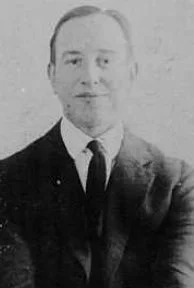The Fascinating History of the Paper Shredder
In 1909, an American entrepreneur named Abbot Augustus Low filed a patent application in 1909 for a "waste-paper receptacle", believed to be the first paper shredder. Low was a great inventor in his day, owning many patents. However, Low passed away shortly after registering for his 1909 patent, and thus his idea was never manufactured during his lifetime.
A couple of decades later, Adolf Ehinger manufactured his own version of the paper shredder in Germany. Ehinger’s original model was a hand-crank, similar to those of pasta maker machines. In 1940, this model later was upgraded to include an electric motor.
The German shredder was later patented and used by the the military, government, and banking industry. Ehinger also opened his own company, named EBA Mschinenfabrik, and created the first cross-cut shredder that cut paper into tiny bits. The business operates today as Krug & Priester.
The general public did not pay much attention to paper shredding until the 1980s. In fact, it was prolfiic scandals like Watergate and Iran-Contra, where shredded paper - i.e. , the destruction of intelligence - had played a role and was noticed.
G. Gordon Liddy, FBI Agent and White House Plumbers member, who admitted to “shredding stuff left and right”, went to prison for playing a role in covering up evidence of the 1972 break-in of the Democratic National Committee headquarters.
Sales for the Schleicher cross-cut model increased 20 percent in 1987 after it was named by Colonel Oliver North. It was used in the Iran-Contra affair to shred documents.
Another strong factor in the popularity of the paper shredding machine was the 1988 Supreme Court decision in California v. Greenwood. The Court had decided that garbage, once brought to the curb outside, was considered public property. Concerned over privacy, Americans resorted to paper shredding to protecting themselves in case their garbage was seized.


